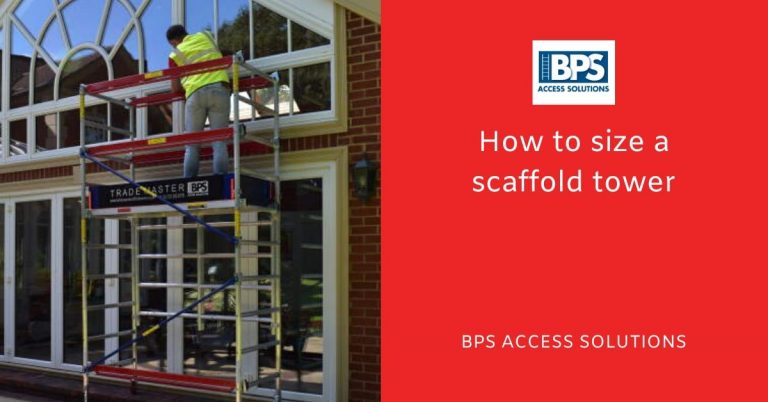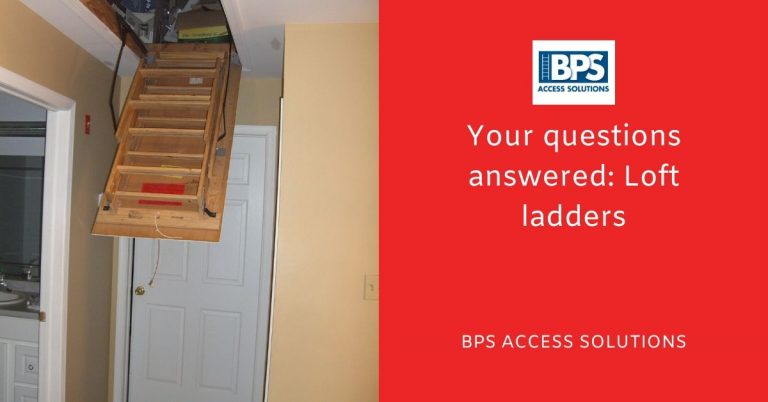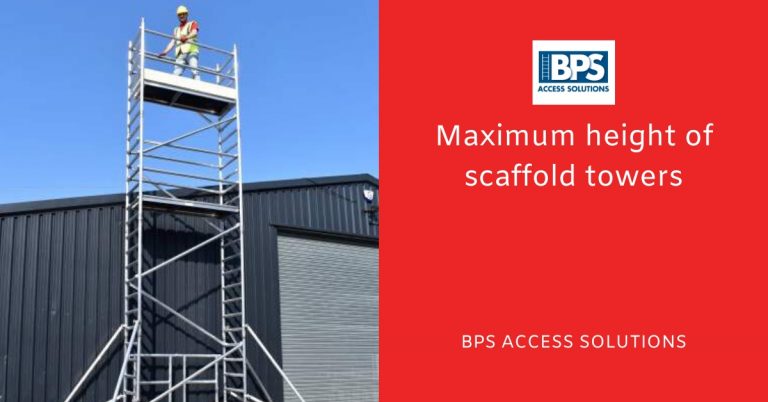
Hi all,
Here is an example of our new blog post.
Carrying out ceiling maintenance is tough, even when working on a standard height ceiling. Some ceilings are low enough for a tall person to paint with little more than an outstretched arm, but anything above that requires significantly more equipment to get the job done. When it comes to high ceilinged rooms and buildings, thorough preparation and appropriate equipment is required. Attempting to clean or maintain a high ceiling without the right equipment is nothing less than dangerous, so it’s important to be prepared.
There are a couple of different options available for anyone looking to carry out maintenance on a high ceiling. Professionals who carry out clean and carry out ceiling maintenance regularly may be best served by a scaffold tower. Scaffold towers offer a completely stable platform on which to work with various tools. However, combination ladders offer an easier and more convenient option which works just as well, as long as safety precautions are followed.
Read the rest on our website: https://www.laddersandscaffoldtowers.co.uk/blog/combination-ladders/cleaning-and-maintaining-high-ceilings-with-combination-ladders/
Read on Blogger: https://bpsaccesssolutions.blogspot.com/2020/02/cleaning-and-maintaining-high-ceilings.html








